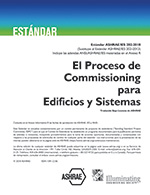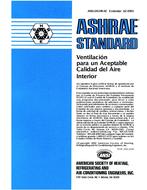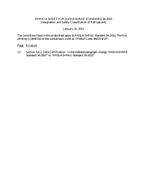Description
As the HVAC industry is developing fast in China, chair ventilation, i.e., ventilation with an air diffuser mounted under or at the back of a chair, is used in some places with fixed chairs, such as theaters, auditorium, gymnasiums, and so on. But it seems difficult to avoid local thermal discomfort due to draft because the diffuser is close to the person and, thus, relatively high velocities and low air temperatures are encountered around the body of an occupant. An early study also shows that air is heated by persons on the way from the outlets to the exhaust, so vertical temperature difference exists in chair ventilation, and improper air supply volume or temperature may result in a large air temperature difference between ankle and head, which brings discomfort.
Experiments on chair ventilation with air supply from chair legs are carried out in a test chamber. Temperature and velocity fields in the chamber and around the critical parts of an occupant, such as ankle, knee, wrist, elbow, and forehead, are investigated. Results with different air supply volumes are compared. Thermal comfort measurements with human subjects are carried out at the same time in the experimental chamber.
Results reveal that temperature in chair ventilation increases with height. The temperature around the ankle is usually lower than any other part of an occupant. Velocities are low in the whole chamber except those near the diffusers and may exceed the limit for comfort. With larger air volume supply, the vertical dimensionless temperature is lower, the velocity is higher at the floor level, and an nwanted local discomfort due to draft is more ready to happen. But air temperature difference between ankle and head is smaller with larger air volume. More studies should be carried out to find the adequate air supply parameters and bring forward new design guidelines on chair ventilation.
Units: SI
Citation: Symposium, ASHRAE Transactions, vol. 108, pt. 2
Product Details
- Published:
- 2002
- Number of Pages:
- 7
- File Size:
- 1 file , 430 KB
- Product Code(s):
- D-8874




